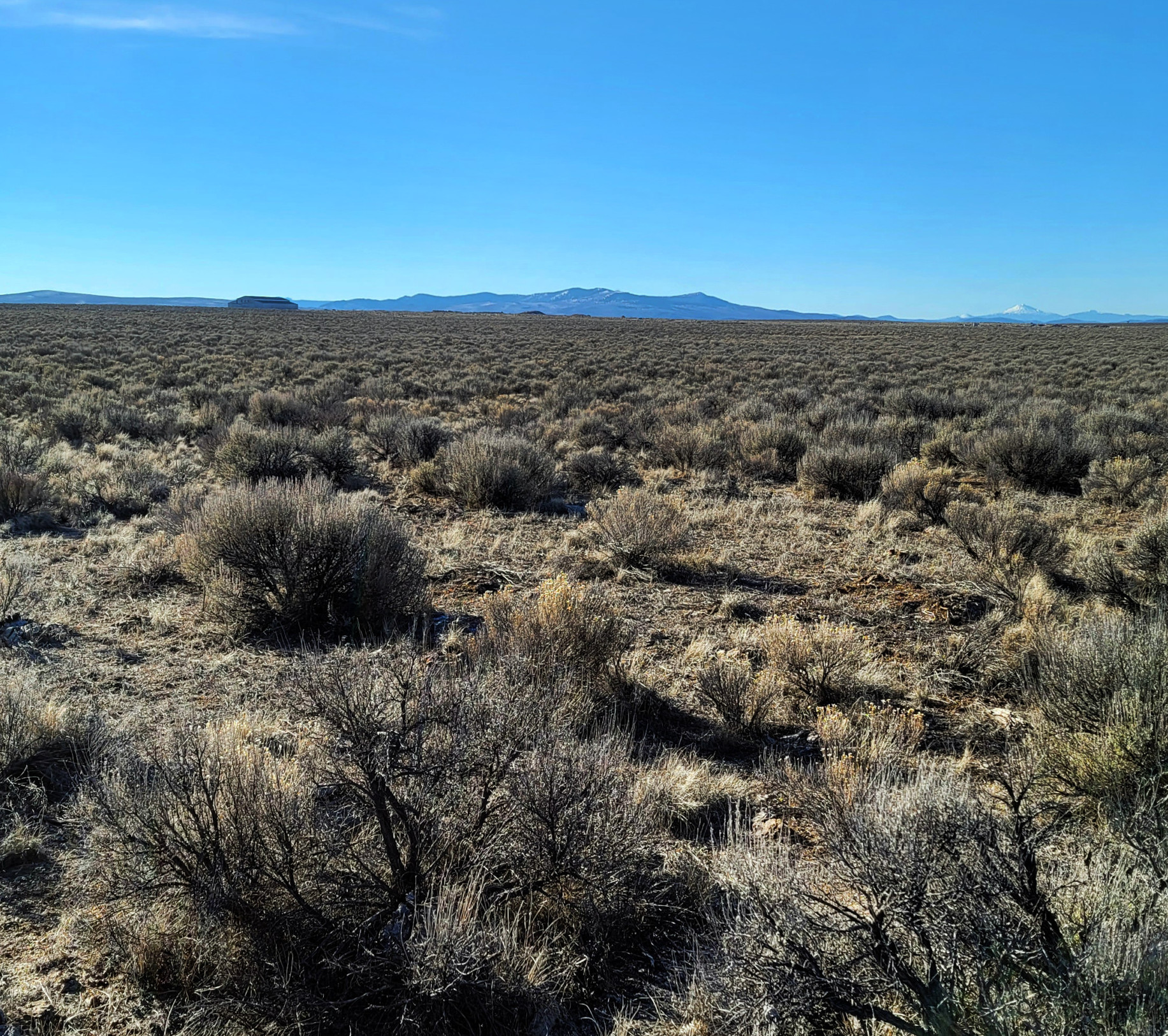Winter may seem like a challenging season for finding wildlife, but even if they aren't seen or heard, they can leave clues behind. Volunteers are on the ground documenting wildlife to help us manage Land Trust properties. Through tracking techniques and wildlife cameras, we can understand the importance of these lands to wildlife, even when we are miles away asleep in our warm beds on a cold, winter night.
You’ve likely left tracks in the snow, or even spotted some mysterious ones this winter. We’re finding out who left what, and when, and are happy to share these discoveries with you. When we can’t see or hear an animal, we rely on the signs they leave behind. Tracks, markings, shelters, and scat are all tools for wildlife identification and conservation management efforts.


Keeping track of animals from afar
Monitoring throughout the year can be particularly helpful with nocturnal, migratory and threatened animals. It reveals how and when species interact with the land, and with each other. This assists in management planning to balance recreational opportunities and other land uses. Plus, it’s pleasing to watch a coyote on ice and jackrabbits frolicking in the dark.
Three wildlife cameras were installed in January of 2022 on our Brothers-Shaw property to document which species are on the landscape at different times. The images and videos provide a small sampling of the information collected and will continue to provide updates over the months and year ahead. View the videos on our Vimeo Channel and stay tuned for more in the future.

Volunteers return regularly to check cameras and monitor the sagebrush area, which is home to threatened sage grouse. Bird observations are submitted into the community science app eBird. These, and other nearby submissions, help us understand what birds to expect and protect across the high desert. We hope to host bird counts and other wildlife inventories on Land Trust properties in the years ahead, so please let us know if you are interested in joining or coordinating outings! We are also growing our volunteer program and invite you to share your ideas with us.




